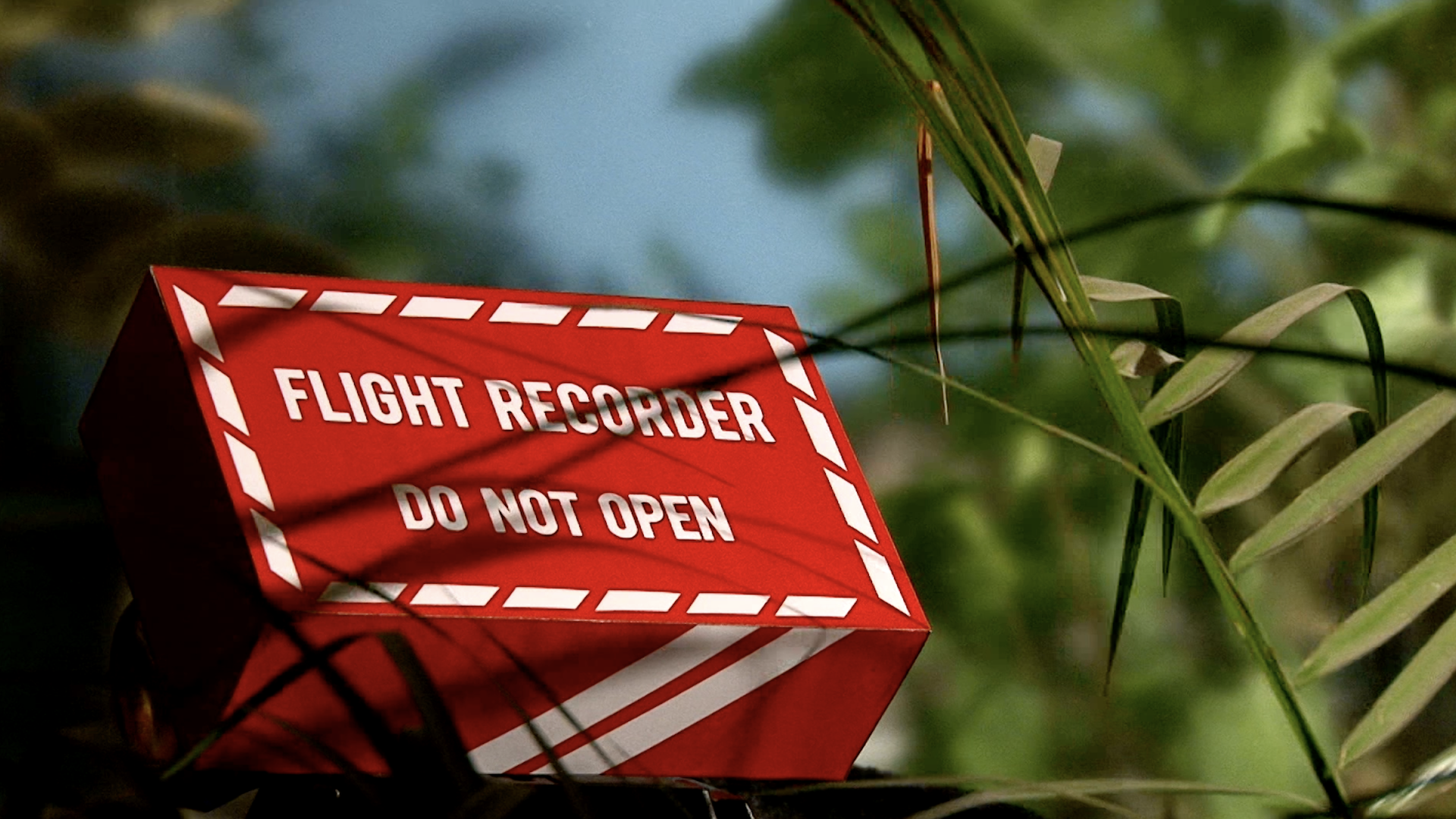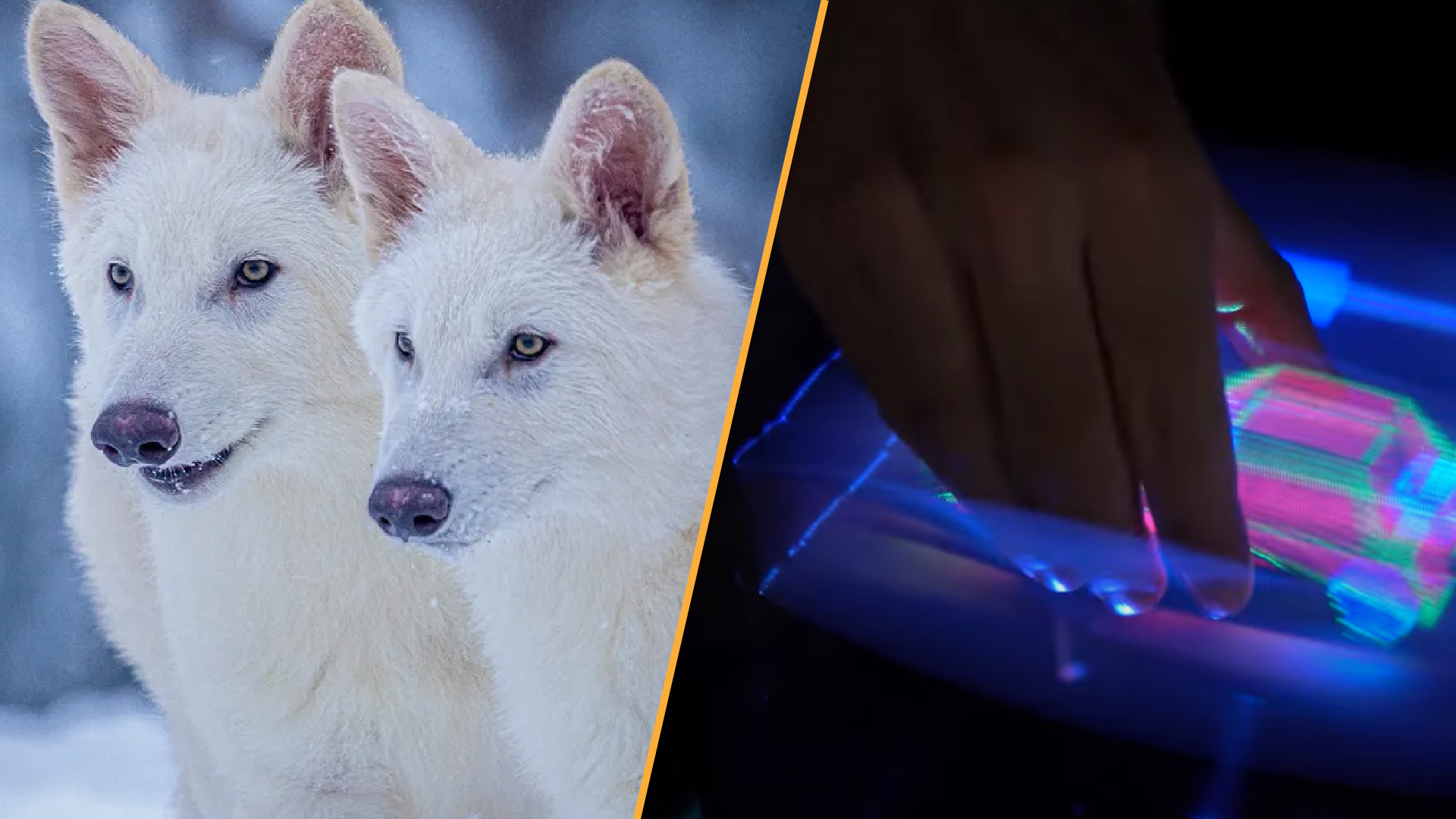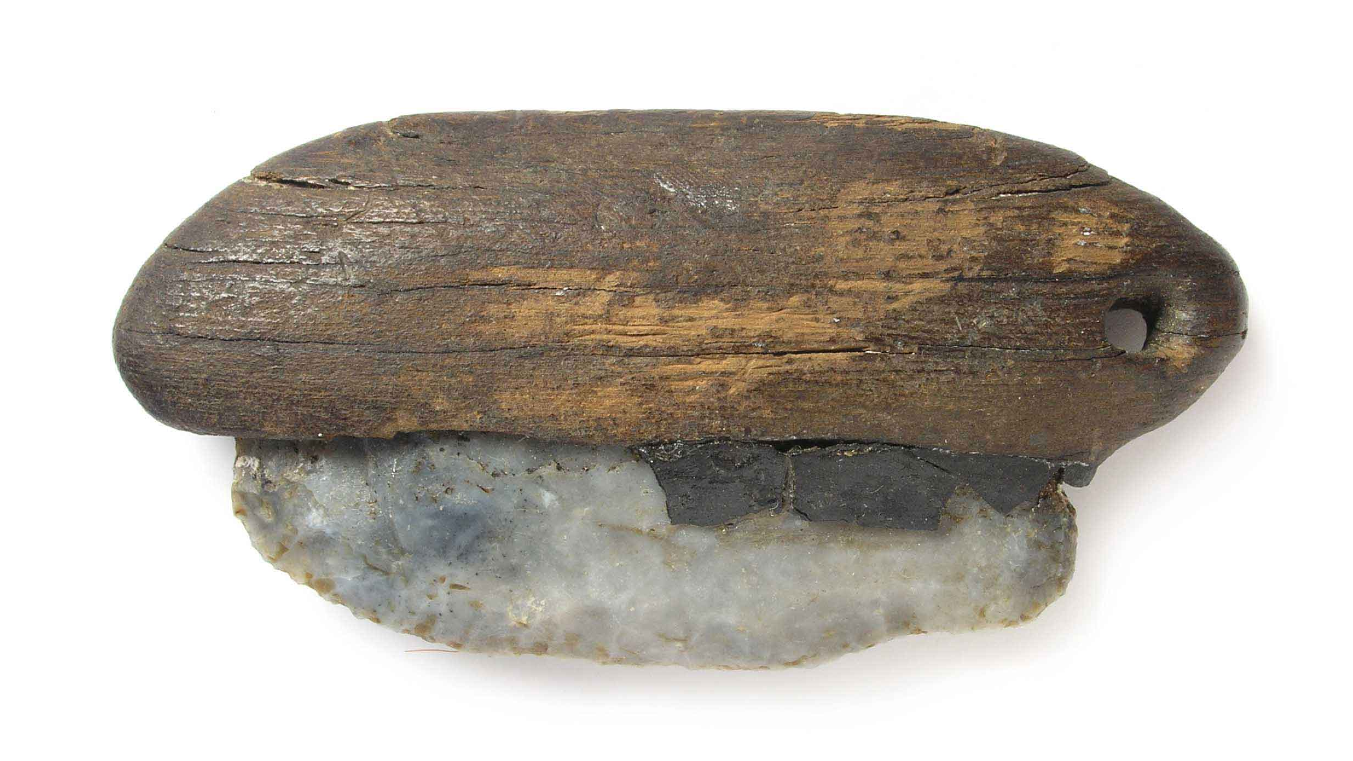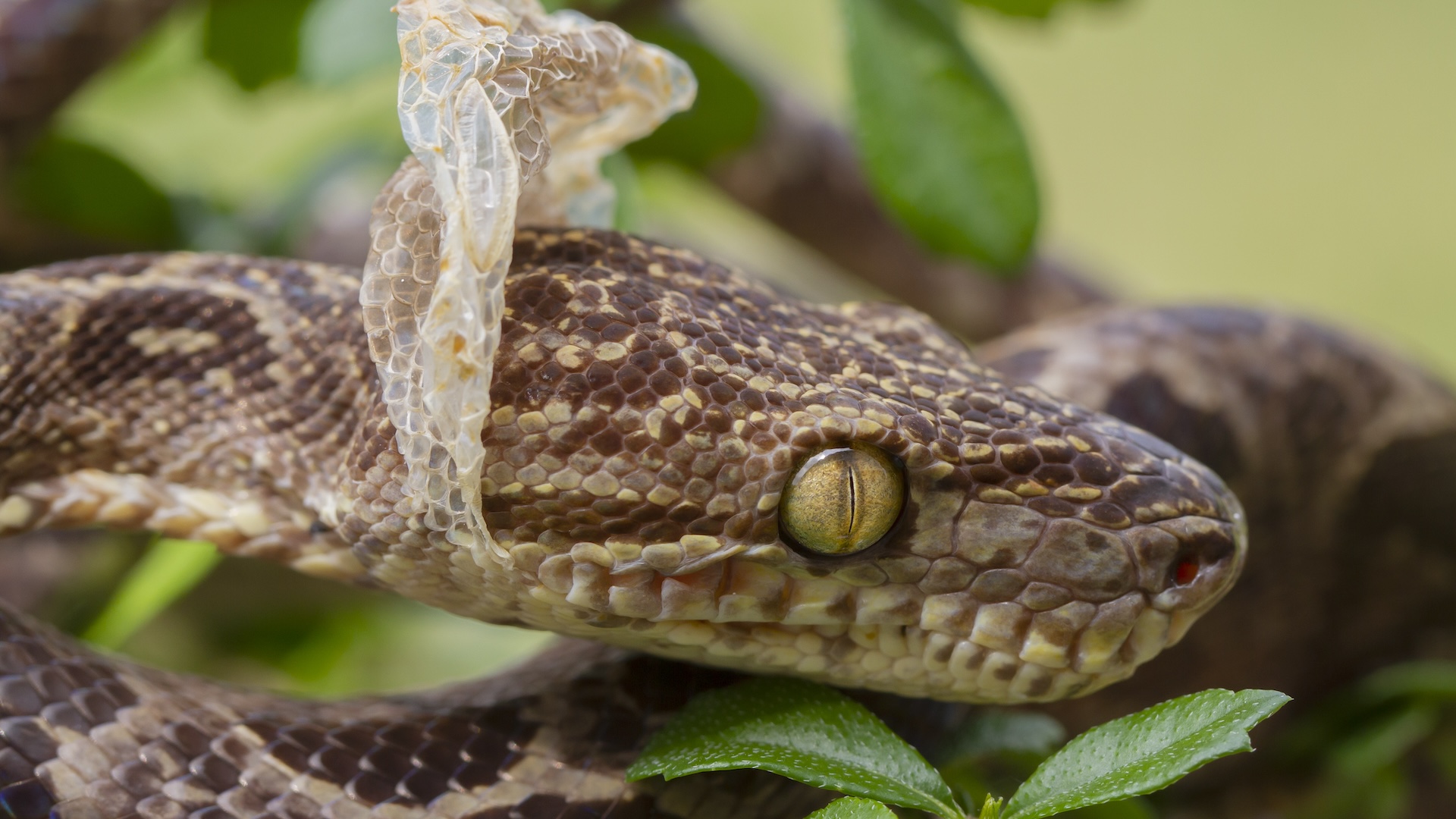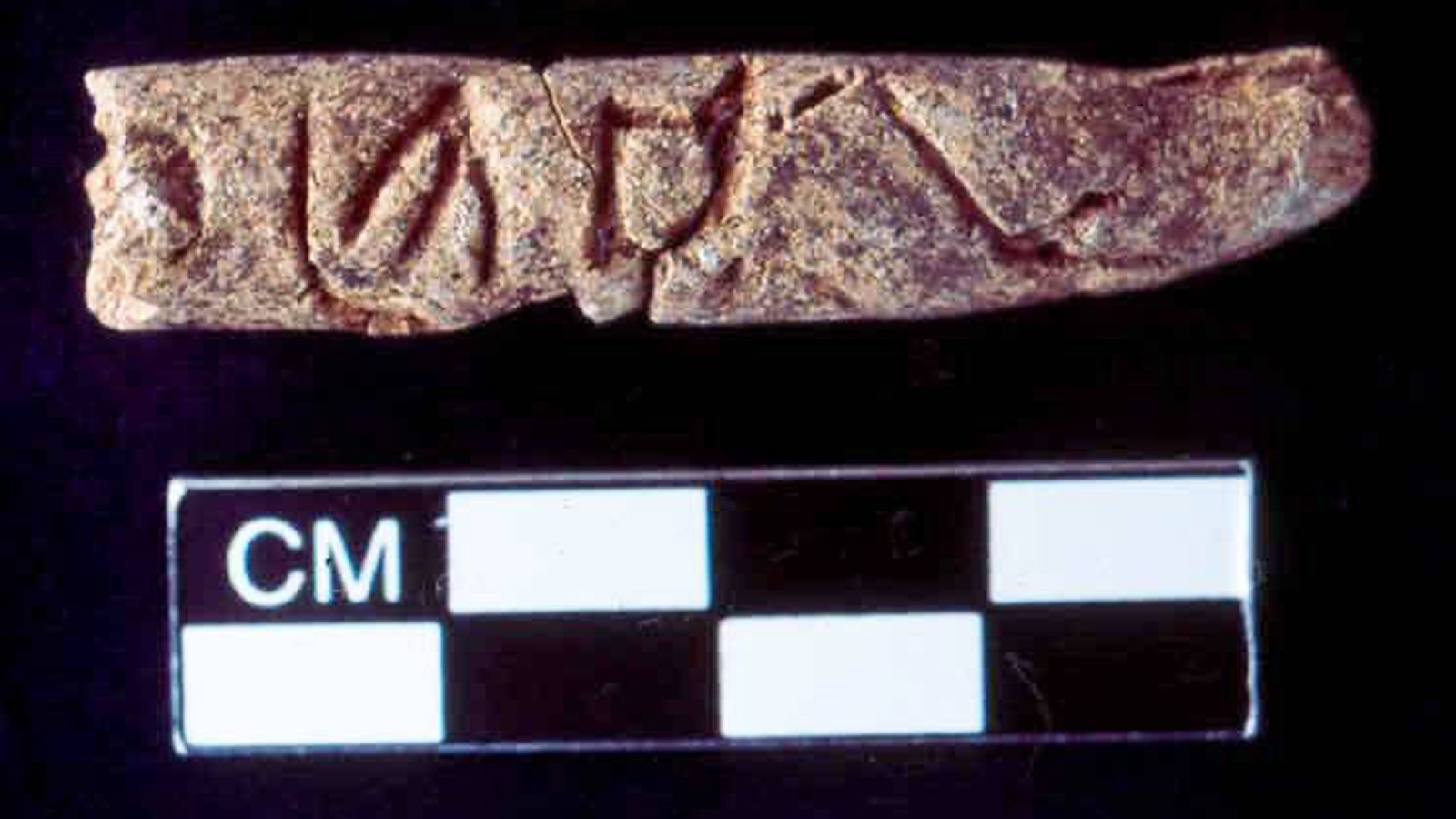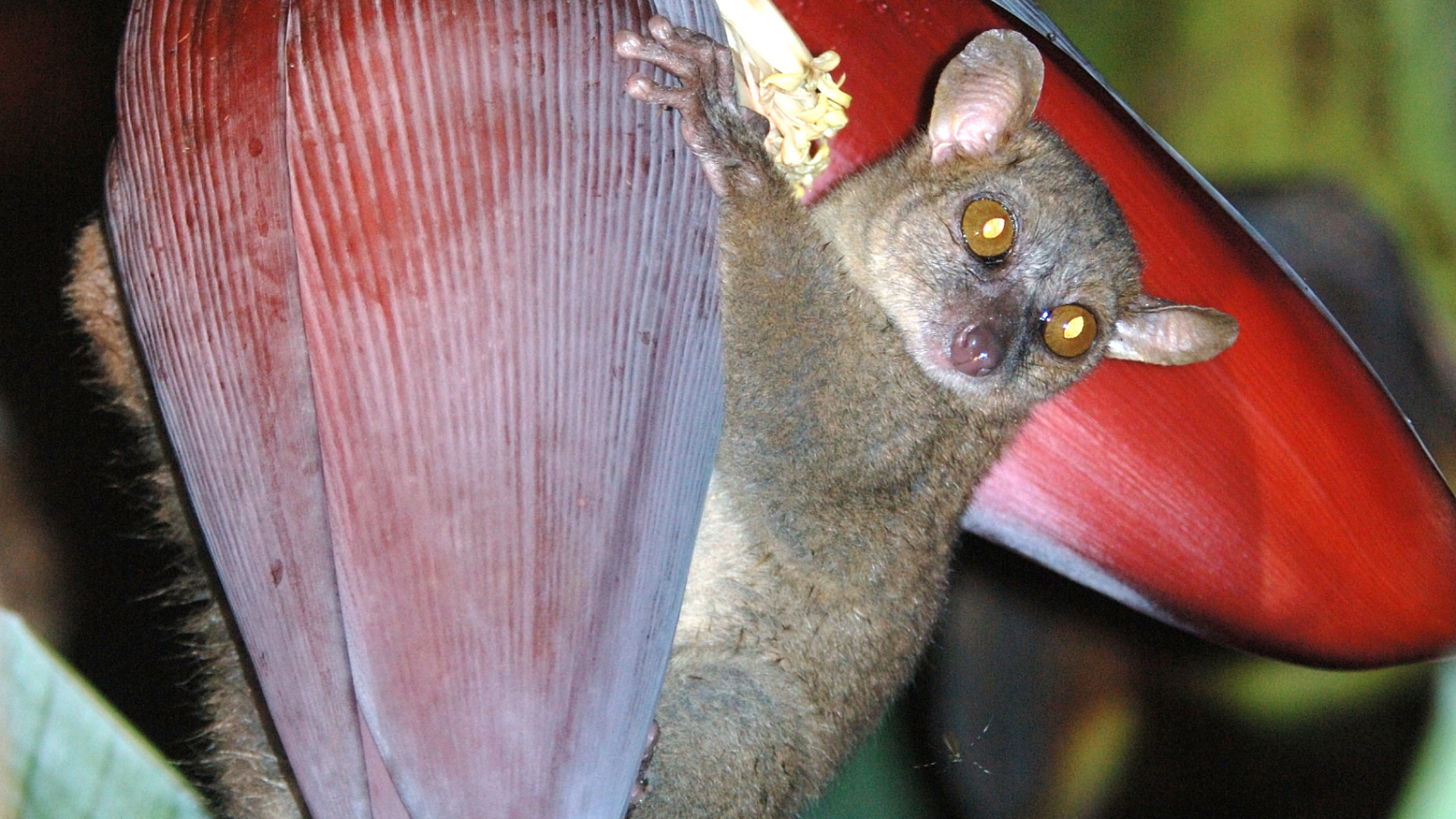Dracula parrot: The goth bird whose piercing screams echo through New Guinea forests
Pesquet's parrot, also known as a Dracula parrot, resembles a vulture and has a distinct scream — but its favorite food is figs.
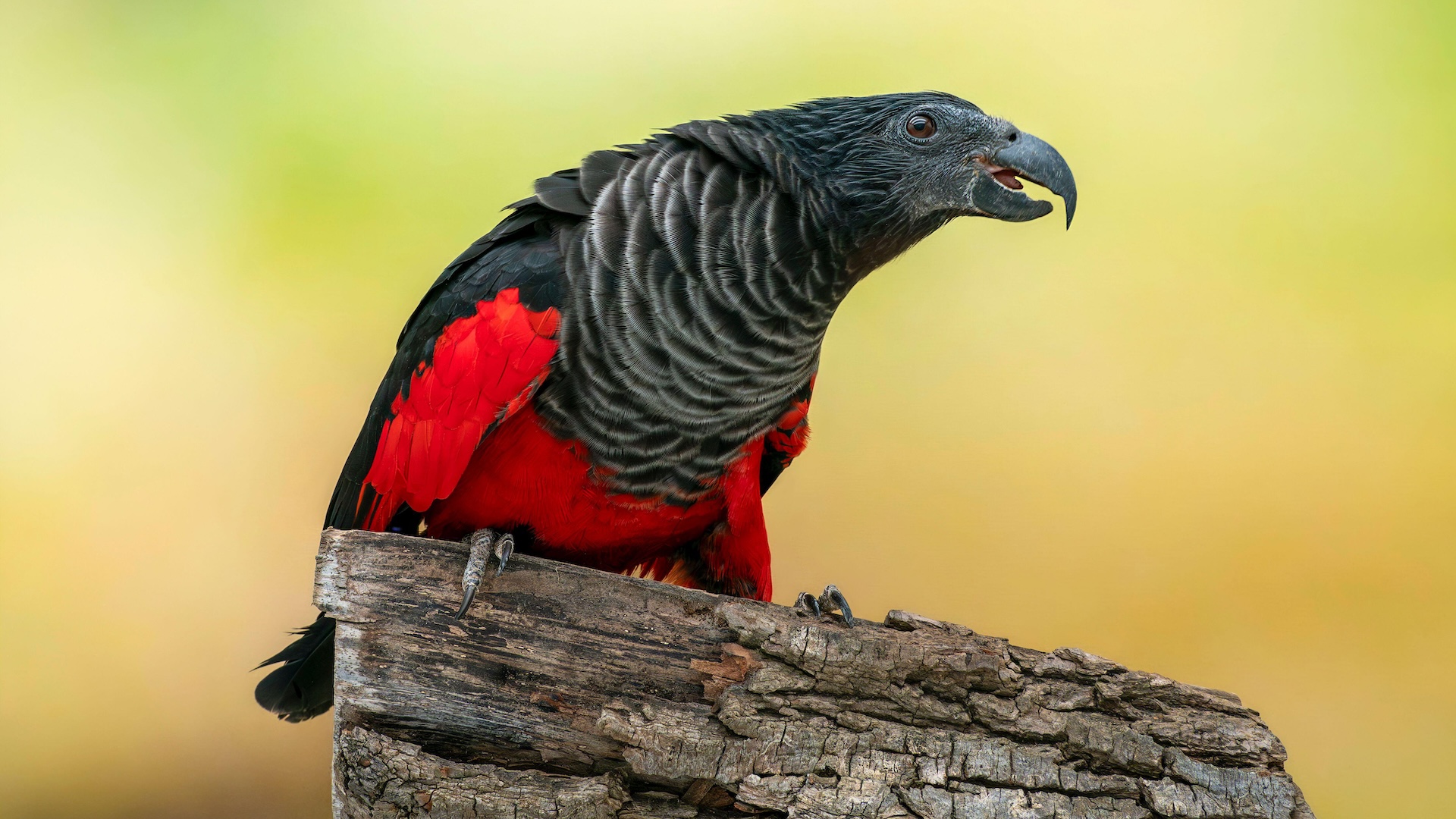
Name: Dracula parrot (Psittrichas fulgidus)
Where it lives: New Guinea
What it eats: Figs, flowers and nectar
Why it's awesome: The Pesquet's parrot is more famously known as the Dracula parrot — and with its mix of jet-black and blood-red feathers, it's easy to see why. They also sound terrifying, as their piercing screams echo through the rainforests of New Guinea.
Dracula parrots grow to around 18 inches (46 centimeters) long and weigh between 1.3 and 1.8 lbs (600 and 800 grams). They can live for around 20 to 40 years. Their plumage is mostly black and dark grey, but they sport red feathers around the belly, tail and wings. Adult males have red patches behind their eyes, which distinguishes them from females.
The species' guttural, rasping screams are very distinct. Unlike the chirps or squawks of typical parrots, the call of the Dracula parrot is a harsh screech that sounds more like a mythical predator than a fruit-eating bird. This unusual sound likely evolved as a way for the birds to communicate across the dense forests of New Guinea, and possibly to deter potential threats.
Related: Great potoo: The 'tree stump' bird with a haunting growl and can see with its eyes closed
Sign up for the Live Science daily newsletter now
Get the world’s most fascinating discoveries delivered straight to your inbox.
Dracula parrots often make the unusual noises during flight. This may be to help individuals stay in contact with their flock mates on the wing, especially in areas with thick foliage, where the birds can easily lose sight of one another. Their screams may also serve as territorial signs or warning calls that alert other animals to their presence or assert dominance over feeding areas.
With their long, hooked beaks and semi-bald heads, Dracula parrots resemble vultures. But unlike the meat-eating birds of prey, the parrots aren't as bloodthirsty as their nickname suggests. Instead, they're keen fruit-eaters with a particular taste for figs and, occasionally, flowers or nectar. The birds lack feathers on their faces, and this localized baldness is thought to help prevent matting when they're eating messy fruits.
Although little is known about the breeding habits of Dracula parrots, it's thought that they nest in large, hollow trees. They typically mate once a year and lay one or two eggs at a time.
Because of their highly prized feathers and the market for captive exotic birds, Dracula parrots have been hunted and are now classed as "vulnerable" on the IUCN Red List of Threatened Species.

Lydia Smith is a health and science journalist who works for U.K. and U.S. publications. She is studying for an MSc in psychology at the University of Glasgow and has an MA in English literature from King's College London.
You must confirm your public display name before commenting
Please logout and then login again, you will then be prompted to enter your display name.
